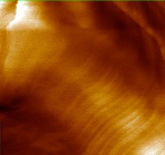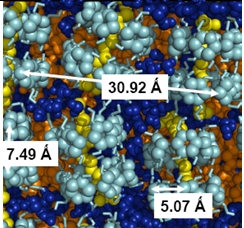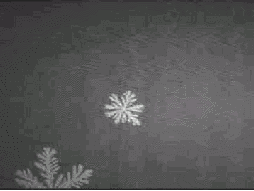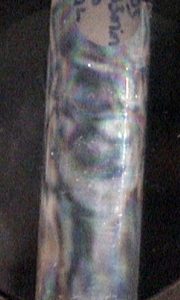The atomic force microscopes (AFM) are the most versatile members of microscopes known as scanning probe microscopes. It is an imaging technique that in some cases, it can resolve atomic lattice in the real space. The way it works is the next; a cantilever tip is brought in contact with a surface of a solid sample. When the tip is very near to the surface of the sample, appears some repulsive force between the tip and the surface. This force from the surface applied on the tip bends the cantilever upwards. A laser measures the amount of bending with the next design: a laser beam is reflected over the cantilever forming a spot that is reflected on a split photodetector. The photodetector measures the bending of the cantilever and could be used to calculate the force. However, keeping the force constant while scanning the tip across the surface, the vertical movement of the tip follows the surface profile, which is recorded as a surface topography. Then we could think that this AFM are not strictly microscopes, because of they visualize surfaces by "feeling" them with a sharp probe (the tip).
The scanning tunneling microscope sense the structure of a surface by scanning it with a sharp probe and measuring some form of interaction between the surface and the probe. This kind of apparatus arose from the interest in the study of the electrical properties of thin insulating layers. The probe-separation was monitored by measuring electron tunneling between a conducting surface and a conducting probe.
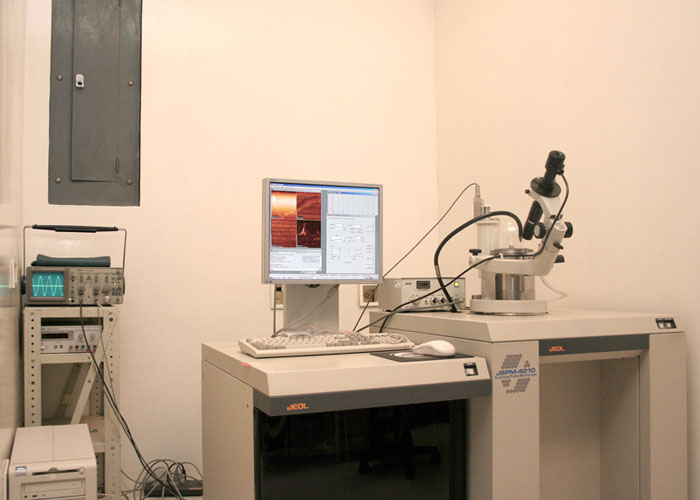

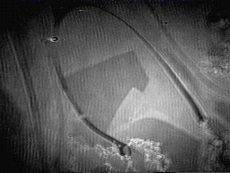 Overbeck/L2phase transition in the C
21monolayer
Overbeck/L2phase transition in the C
21monolayer